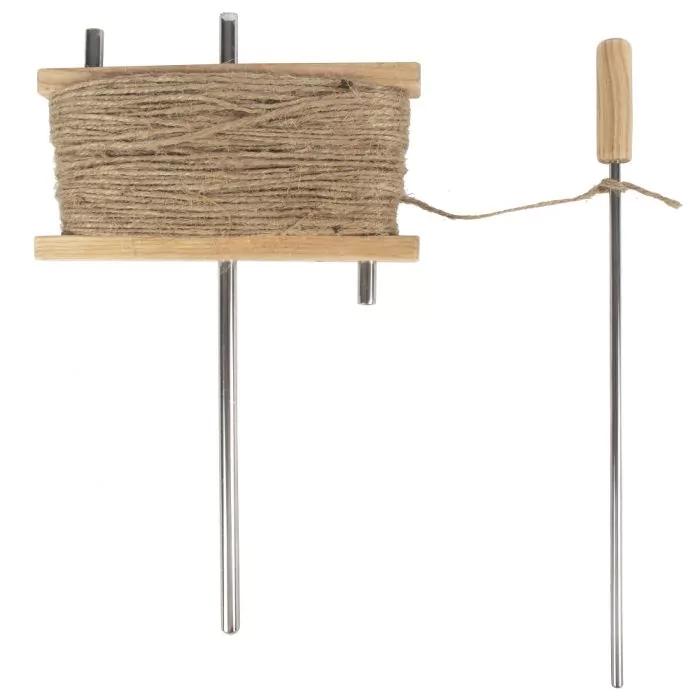
The natural wild garden
Share
And which roses fit into this
More and more people are choosing a natural wild garden. That is a garden where there is plenty of room for native plants, insects, birds and other animals. Roses can be a wonderful addition to this. And they don't just have to be wild roses.
In a wild garden you enjoy the life that takes place in it.
It is less tidy than a classic ornamental garden and requires less maintenance. No tight paths, preferably not spraying and using fertilizer, but paths made of wood chips and lots of biodiversity. However, this means that you simply let everything become wild. It is more a matter of guiding and moving along with how the garden develops, experimenting and sustainable gardening. It's exciting to see how plants spread. The garden therefore looks different every year. If a plant expands too quickly for your taste, you direct the whole thing back into proportion.
It is obvious to give wild roses, also called botanical roses, a place in a wild natural garden. Wild roses are native to the Northern Hemisphere and are millions of years old. They are extremely strong plants that can cope well with drought or a lot of rain and need little. They produce beautiful single flowers and in the autumn you can enjoy the beautiful hips that they produce. Most wild roses grow into large shrubs and you can therefore prune them back heavily in the spring.
Of course there is also a middle ground.
You can also allow the garden to become naturalized step by step. Although some plants are not purely native, they have been present in Dutch gardens for hundreds of years. This also applies to roses. It's interesting to experiment. Old roses for example, which have been cultivated for hundreds of years. Strong varieties with beautiful flowers and scent from the Belle Epoque period or even older. English roses - which are ultimately a cross between ancient and modern roses - are also worth considering. They form beautiful, large bushy shrubs that are ideal for naturalization.
A rose does not necessarily have to stand alone in a neatly hoed bed. And, as a rule, all roses with an open flower give hips. Biodiversity reduces the sensitivity of the rose and can therefore often replace unwanted remedies. For example, in the photo you can see how beautifully Rosa Royal Jubilee looks among the other plants. Another great idea is to let a rambler grow wildly in a tree, over the ground or through a hedge of natural plants.
Hint!
There is no fixed recipe for naturalization and besides wild roses it is interesting to experiment and enjoy what nature gives you.


